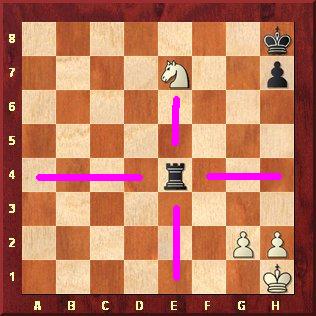

A rook on the seventh rank is often considered sufficient compensation for a pawn. If one file is particularly important, a player might advance one rook on it, then position the other rook behind- doubling the rooks.Ī rook on the seventh rank (the opponent's second rank) is typically very powerful, as it threatens the opponent's unadvanced pawns and hems in the enemy king. From this position, the rook is relatively unexposed to risk but can exert control on every square on the file. In that position, the rooks support each other and can more easily move to occupy and control the most favorable files.Ī common strategic goal is to develop a rook on the first rank of an open file (i.e., one unobstructed by pawns of either player) or a half-open file (i.e., one unobstructed by friendly pawns). In the opening, the rooks are blocked in by other pieces and cannot immediately participate in the game, so it is usually desirable to connect one's rooks on the first rank by castling and then clearing all pieces except the king and rooks from the first rank. Rooks and queens are called major pieces or heavy pieces, as opposed to bishops and knights, the minor pieces.

Winning a rook for a bishop or knight is referred to as winning the exchange. Two rooks are generally considered to be worth slightly more than a queen (see chess piece relative value). In general, rooks are stronger than bishops or knights and are considered greater in value than either of those pieces by nearly two pawns, but less valuable than two minor pieces by approximately a pawn.


 0 kommentar(er)
0 kommentar(er)
